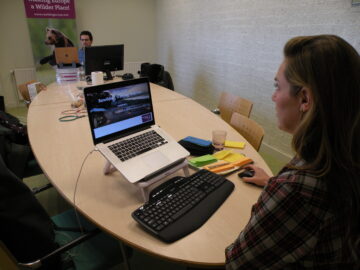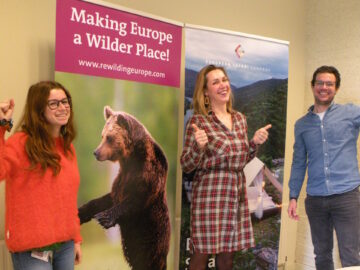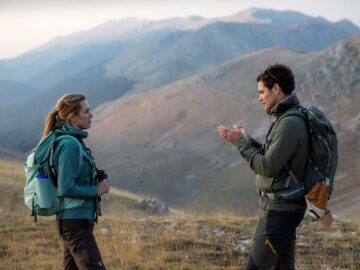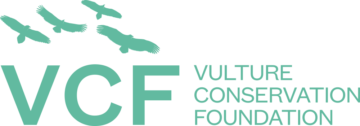Dear friends, colleagues and partners,
At the beginning of this new year – which marks the start of the UN Decade for Ecosystem Restoration – it gives me great pleasure to share with you our latest Rewilding Updates. Covering the second half of 2020, this new issue of our special internal newsletter for partners and associates will bring you up to speed with our most important recent developments.
As you will see from these updates, we have been able to continue moving forward on many fronts despite the impact of Covid-19, and I look back at the last 12 months with a real sense of achievement. Fuelled by an ever-increasing interest in our work, 2020 has seen us experience an upsurge in media attention, new partnerships, new funding, more engagement and a growing rewilding community. An ever-increasing awareness that we need large-scale nature recovery, which was thrown into even sharper focus by Covid-19, has really put rewilding centre stage. When everyone from Sir David Attenborough to Greta Thunberg promotes rewilding, you know it’s hot!
I am now looking forward to a year of great achievement. A year where Rewilding Europe establishes itself even more firmly as a pioneer and a leader – both in terms of thinking and practical action – for rewilding in Europe. These are exciting times for all of us!
I wish you happy reading and wild regards,
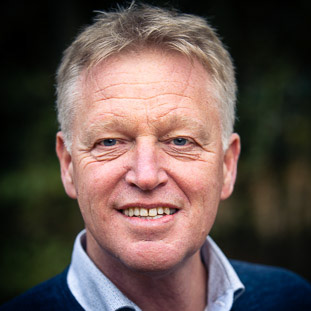
Frans Schepers
Managing Director
Rewilding Europe
Key milestones
Looking back at an eventful and productive year to date, we can reflect on a number of major achievements and milestones.
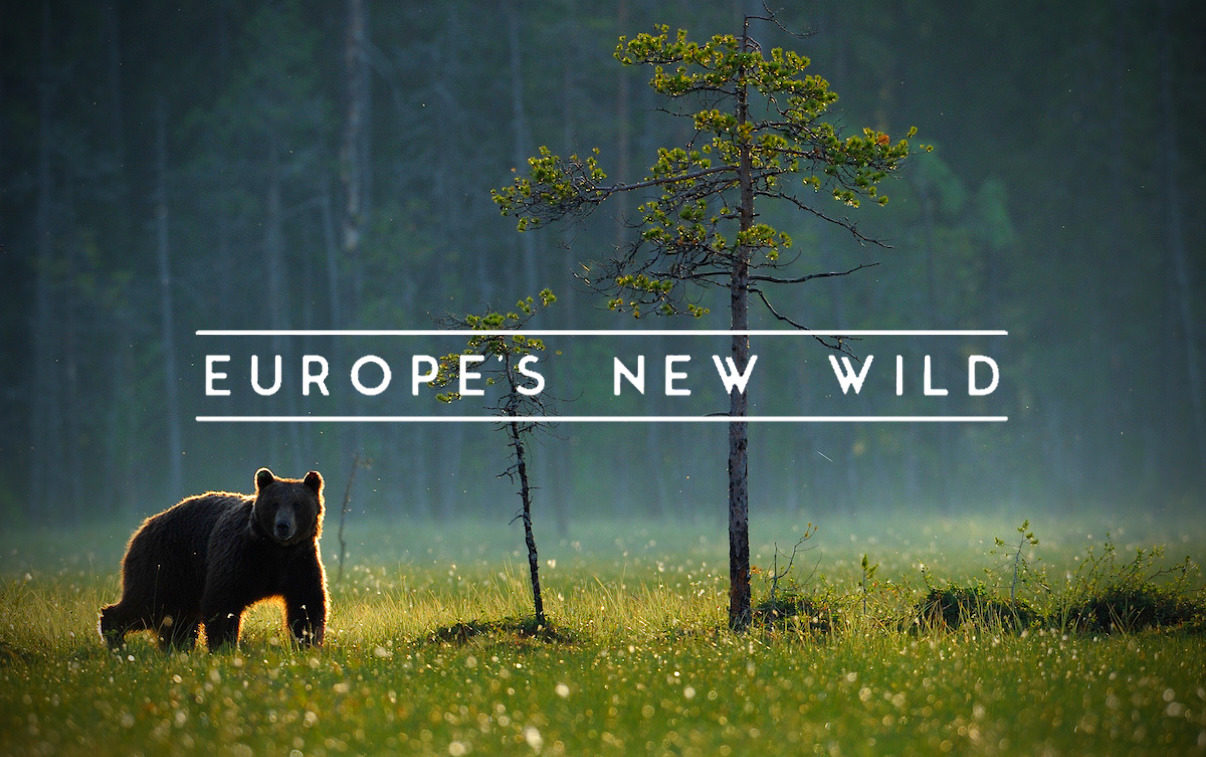
Europe’s New Wild
On 3 September the global broadcast of ‘Europe’s New Wild’ kicked off, with Italy the first country to premiere the six-part TV series. Many other countries around the world followed soon. A special version produced by Bonne Pioche for France5 will broadcast in 2021.
With a comprehensive communications campaign, complete with special website – www.europesnewwild.com – we encouraged people to watch and learn more about rewilding. This has led to an increase in media coverage, website traffic, online community growth, newsletter subscriptions and donations. Overall, Europe’s New Wild made a tremendous contribution by opening the eyes of many more people about the beauty of European nature and the importance of rewilding.
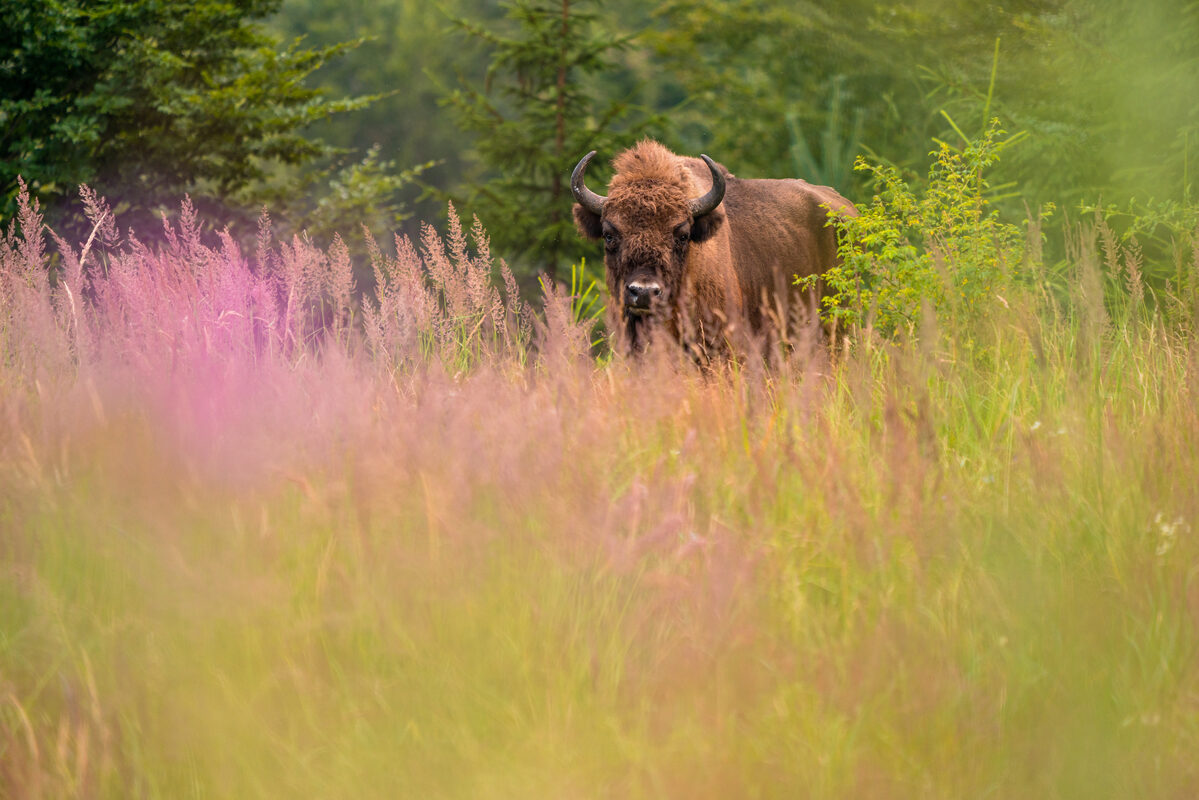
Making the EU Green Deal work for nature
After the release of a new set of policy papers in March, two other milestones followed regarding the EU Green Deal. In September we organised an online event ‘Putting Nature back on the map’ with 300 participants to present the papers to EU politicians and policy makers.
In October, Rewilding Europe and 19 other NGOs (most of whom are members of the European Habitats Forum) co-published a policy paper ‘Restoring the EU’s nature‘. This paper puts forward joint recommendations for key elements of the restoration law that is currently being developed by the EU. Many of the proposed criteria for restoration measures align with the principles of rewilding.
Efforts will continue to ensure that the ambitious EU Biodiversity strategy targets can translate into real-world impact at scale.
First-ever Rewilding Training Tourism
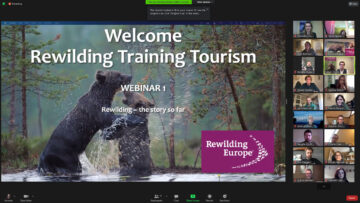 Rewilding not only works to recover wild nature and natural processes but to ensure that people benefit from that wild nature too. One of the ways this can happen is through nature-based tourism, which can sustain livelihoods and provide local communities with an invaluable source of income. Such tourism is developing in all of Rewilding Europe’s operational areas.
Rewilding not only works to recover wild nature and natural processes but to ensure that people benefit from that wild nature too. One of the ways this can happen is through nature-based tourism, which can sustain livelihoods and provide local communities with an invaluable source of income. Such tourism is developing in all of Rewilding Europe’s operational areas.
With this in mind, Rewilding Europe (through the European Safari Company) has launched the Rewilding Training Tourism programme, aimed at developing and upskilling the guiding and hospitality segment of Europe’s nature-based tourism sector. Designed for entrepreneurs involved in guiding, hospitality and tourism, the programme aims to professionalise and scale up nature-based tourism across Europe.
The first training cycle started in October and was immediately fully booked. Participants mostly comprised Rewilding Europe enterprise and field officers, as well as guides, small tour operators and hotel owners from our areas. A second training cycle, involving another 40 participants, began in January. These participants come from a far more diverse background, with the training generating significant interest across many sectors.
The training comprises three stages, with each of these including an assessment and a ‘rewilding certificate’ for those who pass. The first stage consists of five webinars, while the second stage involves field training in the Central Apennines rewilding area in Italy. A third stage (high-touch service and further training for highly qualified guides) will also take place in the Central Apennines. Both the second and third stages will take place over five days.
European Rewilding Network
The European Rewilding Network saw three new members join in the second half of the year, making a total of six new members in 2020 and taking the overall membership to 63 across 27 countries.
Dunsany Estate
As the first Irish member, the Dunsany Estate is now being rewilded as the Dunsany Nature Reserve. Dating back to the 11th century, the 650-hectare estate is located around 35 kilometres northwest of Dublin and includes grassland, forest, and several springs and streams flowing through marshy areas. Diverse wildlife includes foxes, badgers, otters, red deer, owls and various birds of prey.
Like Dunsany Estate, an increasing number of European estate owners are now looking to become involved in rewilding their land.
Vale das Lobas
Located on the edge of the Greater Côa Valley in northern Portugal, the Vale das Lobas Nature & Health Sanctuary became a member of the network in October. The sanctuary is working to reconnect people with restored nature and stimulate the local economy. Over 50 hectares of the Vale das Lobas site was declared a no-hunting zone in 2013, including a 15-hectare, 300-year-old chestnut forest. This, together with additional land, is being converted into a biodiversity park. This community-driven initiative will repurpose abandoned land and create a haven for wildlife and nature, based on measures that include groundwater management, reforestation, soil biome enhancement, rewilding, agroforestry and natural fire protection.
Slikken van de Heen
Located in the Dutch province of Zeeland, the 600-hectare Slikken van de Heen Nature Reserve became the sixth new member in 2020, and the eighth from the Netherlands. This rewilding area exemplifies how natural grazing can help to create beautiful and biodiverse mosaic landscapes. Located on the North Sea coast, the reserve is currently home to 60 Konik horses, 14 European bison and 20 other semi-wild bovines, enabling those managing the site to study natural grazing in more detail.
#RewildingSymposium
Rewilding boasts increasing appeal as a progressive conservation approach and offers game-changing potential in terms of the global restoration of wild nature. These were the overriding takeaways from the incredibly successful online Rewilding Symposium, which took place on December 3. More than 2000 people from more than 50 countries across the world joined the event, which was organised by Rewilding Europe, Wageningen University and the Netherlands Institute of Ecology (NIOO-KNAW). A huge amount of enthusiastic feedback was shared on social media during and after the programme.
Chaired by Liesbeth Bakker, Europe’s first professor of rewilding ecology, and co-chaired by Professor Frank van Langevelde (WUR) and Rewilding Europe’s Head of Rewilding Raquel Filgueiras, the symposium addressed the growing connection between rewilding science and practice. A professional studio was set up at Wageningen University to host the interesting talks of six different speakers, as well as really interesting Q&A sessions, short films and online polls on key topics. We were all pleasantly surprised by the huge number of participants, in particular students; we learned that some universities (such as Humboldt University in Berlin) even had full online classes of students following the entire conference. So the total number of participants was even higher!
While the practice of rewilding is now gaining momentum and starting to deliver real impact across Europe, the science of rewilding is lagging behind. One of the aims of the symposium was to stimulate development of a rewilding science network that can support and learn from practice. In her opening remarks, Liesbeth Bakker spoke about how rewilding can benefit from the coming together of multiple disciplines.
Young Rewilders Community soft launch
With its positive message and emphasis on practical conservation, rewilding is playing an increasingly important role connecting younger generations with nature. In its mission to make Europe a wilder place, Rewilding Europe therefore wants to inspire the next generation of European conservationists to help restore the natural world.
Rewilding Europe is facilitating starting up the new Young Rewilders Community (YRC), led by Aleksandrina Mitseva, who joined Rewilding Europe’s Supervisory Board in 2019 and currently studying for a master’s degree in biology at Aarhus University in Denmark.
In September, the core team of the YRC held a five-day meeting in the Dutch city of Nijmegen, the location of Rewilding Europe’s headquarters. After many months of online interaction, it was the first time that team members had met face-to-face. The Nijmegen visit not only saw the YRC establish goals and plans for the future, it was also an inspirational, eye-opening experience where the core team visited rewilding areas nearby. At the end of the week, the core team realised how much rewilding and Rewilding Europe have to offer as a pragmatic approach to nature recovery with its outside-of-the-box thinking, creative solutions, entrepreneurship and the positive angle.
On the other hand, with bringing innovation, intelligence, drive and a fresh perspective, young people have enormous potential to influence policy, business and science across the world.
A preliminary online YRC platform is scheduled for launch in spring 2021, when everyone who is interested can join and sign up for a regular newsletter. This will eventually be developed into a full platform providing young people with rewilding-related resources and access to regular webinars.
Landmark new books published about rewilding
We have seen many interesting books about rewilding published over the last few years. Some have been very popular, with a number of reprints, such as ‘Feral’ by George Monbiot and ‘Wilding’ by Isabella Tree. In the second part of 2020, two new landmark books about rewilding were published, with Rewilding Europe providing inspiration and input.
The first publication was ‘Rewilding Iberia’ by Jordi Palau, a great overview and analysis of rewilding potential in Spain. The book is published by the famous ‘Lynx Editions’ in Spain and written in Spanish. Rewilding Europe made publication possible with a financial contribution, with an eye on the enormous potential for rewilding Spain and future rewilding initiatives in this country.
The second book, by ecologists Paul Jepson and Cain Blythe, was ‘Rewilding, the radical new science of ecological recovery’. Published by Hot Science, it is the first popular book on the groundbreaking science behind the restoration of wild nature. It also includes ten predictions for the future and is a must-read for anyone interested in rewilding.
Rewilding areas – latest from the field
Rhodope Mountains
Good progress was made on restoring food webs, with a particular focus on natural grazing. In total, 44 fallow deer were released, with a number of these fitted with GPS collars so that their movements could be followed. A second bison calf was born, while two female bison were added to the herd, originating from Slovakia and Hungary.
A total of 72 young griffon vultures fledged successfully, a slight increase compared to the last breeding season. Supplementary feeding continued, attracting many birds, while more electric poles were insulated (now 171 in total). Bird diverters were also installed on 1.5 km of power line to reduce mortality. A record count was held in November, with 305 birds present in the area.
Preparations have been made for the release of cinereous vultures in 2021, although we have not yet succeeded in securing a place to build the infrastructure. A visit to Spain was organised to learn from Spanish experience on cinereous vulture reintroduction. Finally, a lot of promotional work was carried out to reach out to and engage with local communities, including a youth festival.
Greater Côa Valley
A real highlight in the Greater Côa Valley was the successful launch of a guard dog breeding programme, with the first puppies delivered to protect livestock owners from Iberian wolf attacks. As monitoring data shows, the Iberian wolf is expanding and it is important to support co-existence with local communities.
Restoring wildlife populations and food webs is an important area of work, supporting the recovery of vulture populations and prey species for birds of prey. A surveillance team became operational and was trained in monitoring using EarthRanger. Scouting for land acquisitions was successful, leading to two land purchases totalling 491 ha in and near the core areas of the corridors, which is a big milestone. A management plan for natural grazing in the Malcata Nature Reserve was developed, while plans are underway for natural grazing with horses and Tauros in a few other sites in the valley.
Another highlight was the official release of a short documentary called ‘Rewilding, a new path for nature in Portugal’ in November, which significantly raised the profile of Rewilding Portugal and the work in the rewilding area.
Southern Carpathians
Romania has now the largest free-roaming population of bison since the 19th century! The seven new calves born in the wild in 2020 bring us to almost 70 animals (since 2017, between 17 and 19 calves have been born in the wild). So far, 24 new bison have been selected for release in 2021, from various zoos and breeding stations in Europe.
To continue a healthy co-existence with people in the area significant efforts have been made to prepare for and avoid potential conflicts, including the checking of electric fences around properties (8 km), the development of crisis protocol and an intervention unit, creating virtual fencing around villages, and communicating with a wide range of stakeholders. A survey about the social impact of the project on local communities was carried out, with 154 people involved in interviews. This revealed that since 2016 local income has than doubled, five new businesses have been developed and 21 people have been employed – all related to the project.
Central Apennines
A lot of work was carried out to prevent damage by Marsican brown bears – particularly by erecting and repairing electric fences – further reducing the possibility of conflict with local residents and landowners. Many hundreds of wildlife observations were made in the corridors (mostly through camera trapping), involving species such as bear, wolf and wildcat. These contributed to the accumulation of valuable wildlife monitoring data.
A feasibility study on the restoration of vulture populations (particularly griffon vultures) was carried out. This also included repairing a supplementary feeding station, while a census revealed 119 individuals present in the area. A study on the reintroduction of the white-clawed crayfish was published, while captive breeding has started to help this species come back in a number of small rivers.
Enterprise efforts made significant progress, with a Rewilding Economy Seminar helping to engage local entrepreneurs and identify potential businesses, and a landscape business plan in preparation.
Swedish Lapland
While a number of activities are continuing (e.g. on river restoration and wildlife economy), the board of Rewilding Sweden decided re-orient its ambitions and work. With the help of a number of external experts and advisors, Rewilding Sweden developed a renewed strategy and new ambitions for rewilding in the country. This includes the continuation of Swedish Lapland as a priority landscape on one hand, but the consideration of rewilding actions with partner organisations in other parts of the country on the other.
A financing strategy was developed, as fundraising will be key to the further building of the initiative. Two experts based in Lapland are employed to work on the Interreg – Wildlife Economies project, while two other experts are working on the river and wetland restoration projects.
Velebit Mountains
A particular highlight in the second part of the year was the transport of two herds of 20 Tauros to the Lika Plains in August and October, while the total grazing areas was enlarged with 500 ha to approximately 1500 ha.
A number of natural water points were restored in the mountainous parts of Velebit, which is critical for wildlife especially in dry summer periods. Camera traps revealed an immediate impact, capturing not only Eurasian lynx, but also three packs of wolves. On another occasion, a female lynx with two cubs were recorded. Although we have not yet fully launched the wildlife monitoring programme as part of our new partnership with Zoological Society of London and EarthRanger, camera trapping has started with many interesting observations.
Finally, we have set up a new entity in Croatia (Rewilding Velebit Foundation) and are restructuring our legal set up with two limited companies. We also started to develop a landscape business plan and explore new enterprise opportunities in the area.
Danube Delta
To restore natural flooding on polders and island, dyke removal plans have been prepared for Kartal Lake (1550 ha) and Yermakov Island (3,500 ha), with a number of options being considered. This reflooding is expected to take place in the spring of 2021.
We are very excited that we finally managed to transport 20 Konik horse from Latvia to the area, where the herd was divided in two. Half of the herd was added to the Konik group on Ermakov, while the other half was released in the Outer Delta, on a 4,500-ha island. Some red deer and fallow deer were also brought to Ermakov Island as part of this release. Aerial assessment of vegetation cover with drones show that the island is already developing a more mosaic structure as a result of the impact of horses, and water buffalo in particular.
The restoration of a large part of Tarutino Steppe was tendered, relating to a formerly ploughed area. A herd of kulan (a subspecies of Asiatic wild ass and wild relative of the domesticated donkey) has not yet been released from an enclosure onto the steppe as it was decided to wait for winter to finish first.
Oder Delta
Work continues to build the Oder Delta team, with recruitment of a new communications officer and technical officer ongoing, while the work on the Polish side is also growing. Explorations took place with landowners and farmers to start a natural grazing initiative in the region. Also, monitoring of the ongoing and spontaneous comeback of the Eurasian elk is providing exciting information, with animals travelling long distances. A lot of work focused on river restoration, looking at rivers both on the Polish and German side.
On the communications side, a website for nature guides was launched for the South Baltic region, including the Oder Delta, to stimulate nature tourism. A special website is in preparation for the Oder Delta, while a photo mission is underway and a visit of the German Postcode Lottery proved very successful.
Organisation
Supervisory Board
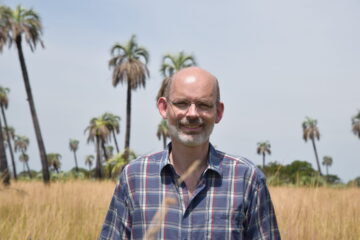 We are very excited that Jens-Christian Svenning joined us as a member of the Supervisory Board, attending his first meeting in September. He takes the position of Paul Jepson, who left us as a board member in early spring (we reported on this in the previous issue of Rewilding Updates).
We are very excited that Jens-Christian Svenning joined us as a member of the Supervisory Board, attending his first meeting in September. He takes the position of Paul Jepson, who left us as a board member in early spring (we reported on this in the previous issue of Rewilding Updates).
Jens-Christian is Professor of Ecology at the Department of Biology, Aarhus University in Denmark (since 2009), where he founded (in 2017) and currently directs the Center for Biodiversity Dynamics in a Changing World (BIOCHANGE). He has been an elected member of the Royal Danish Academy of Sciences and Letters since 2010, and has received a number of prestigious prizes and awards, such as the Queen Margrethe II’s Science Award (first recipient) and the EliteForsk Prize from the Danish Ministry of Higher Education and Science.
Jens-Christian has published more than 400 scientific papers (of which many on rewilding and related topics) and been cited more than 25,000 times in scientific publications. He has also trained 50 early career postdoctoral researchers, more than 40 PhD thesis students and more than 70 master’s thesis students, from every continent except Antarctica.
Rewilding area teams
At the central level, there were no changes in the team, while local rewilding area teams saw some new colleagues joining in. Marin Roncevic and Polihron Karapachov started as new Enterprise Officers in Velebit Mountains and Rhodope Mountains respectively. In Velebit Mountains, we have registered a new foundation which has a temporary board, but we will seek to establish a strong new board in the course of 2021. In Rewilding Apennines, two new board members were appointed making a strong governance team: Antonio Carrara (chairman) and Donato Pinto (member).
Partnerships
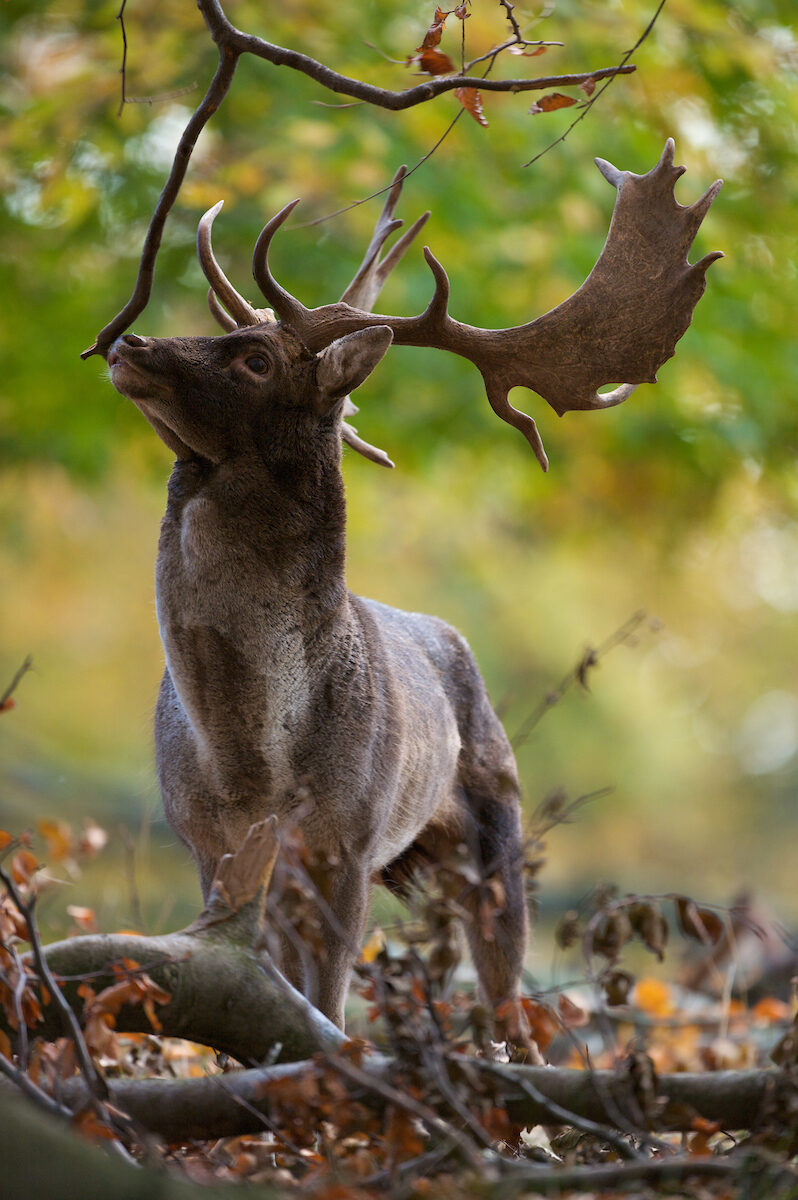
Financing
We are delighted to announce that the Dutch philanthropic fund Adessium Foundation has chosen to continue supporting Rewilding Europe for another three-year period (starting 1 July), which will help us to strengthen our core functions over the same timeframe. By empowering both central and local level teams, the funding will enhance the initiative’s capacity to deliver rewilding results and impact going forwards. Such functions encompass governance and operations, enterprise, the monitoring of rewilding results and impact, and rewilding-related policy.
Adessium has been instrumental in the development of Rewilding Europe, providing vital support since the start of our initiative in 2011. While previous grants have focused on specific rewilding areas, the new grant will help Rewilding Europe to achieve the ambitions set out in its current growth scenario – titled ‘Outlook 2025‘ – which was embarked on in 2019. Its overall aim is to enable Rewilding Europe to deliver and scale up meaningful results and impact by strengthening the initiative’s resilience and capacity.

Corporate partnerships
The second half of 2020 also saw an increasing number of companies approaching us, from a variety of sectors and from different countries. Most of these partnerships are still under development, and we hope to bring some positive news in the early spring of this year.
We signed a new two-year memorandum of understanding (MoU) between Rewilding Europe and nature.house, a nature-focused accommodation rental website based in the Netherlands – this is set to enhance rewilding in the Central Apennines rewilding area in Italy.
nature.house, which offers more than 16,000 unique accommodations located in natural settings across the world, will promote rewilding on their website and will donate 1 euro for every completed booking that takes place outside the Netherlands, Germany and Belgium. The donations will go to the recently established Bear Fund, which works to support the Bear Smart Communities of the Central Apennines rewilding area.
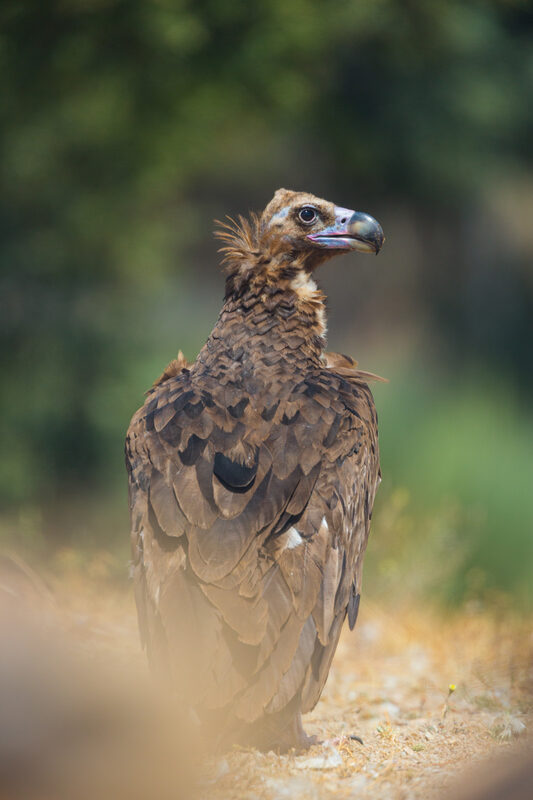
Working together on vulture comeback
Rewilding Europe and the Vulture Conservation Foundation (VCF) signed a three-year memorandum of understanding (MoU), joining forces to strengthen vulture conservation and rewilding in Europe. The partners will work together to create, restore, enhance and maintain healthy vulture populations in Europe, with a significant proportion feeding on wild prey. They will also generate further support for vulture conservation by jointly communicating the importance of vultures in European ecosystems.
As part of the new MoU, Rewilding Europe and the VCF have agreed on a joint action plan through to the end of 2021. This includes specific actions to support vulture populations in the Rhodope Mountains, Central Apennines, Velebit Mountains and Greater Côa Valley rewilding areas, as well as collaborative efforts to advocate changes in EU vulture-related legislation.
Fundraising efforts
We continue to increase our income to ensure we can realise our ambitions across Europe. In particular there is a need for securing long-term financing for our rewilding areas. A number of new funding applications have been submitted in the past months. Preparations are underway for additional funding applications in the years to come.
If you would like to discuss supporting Rewilding Europe in some way, please feel free to contact us at info@rewildingeurope.com.

